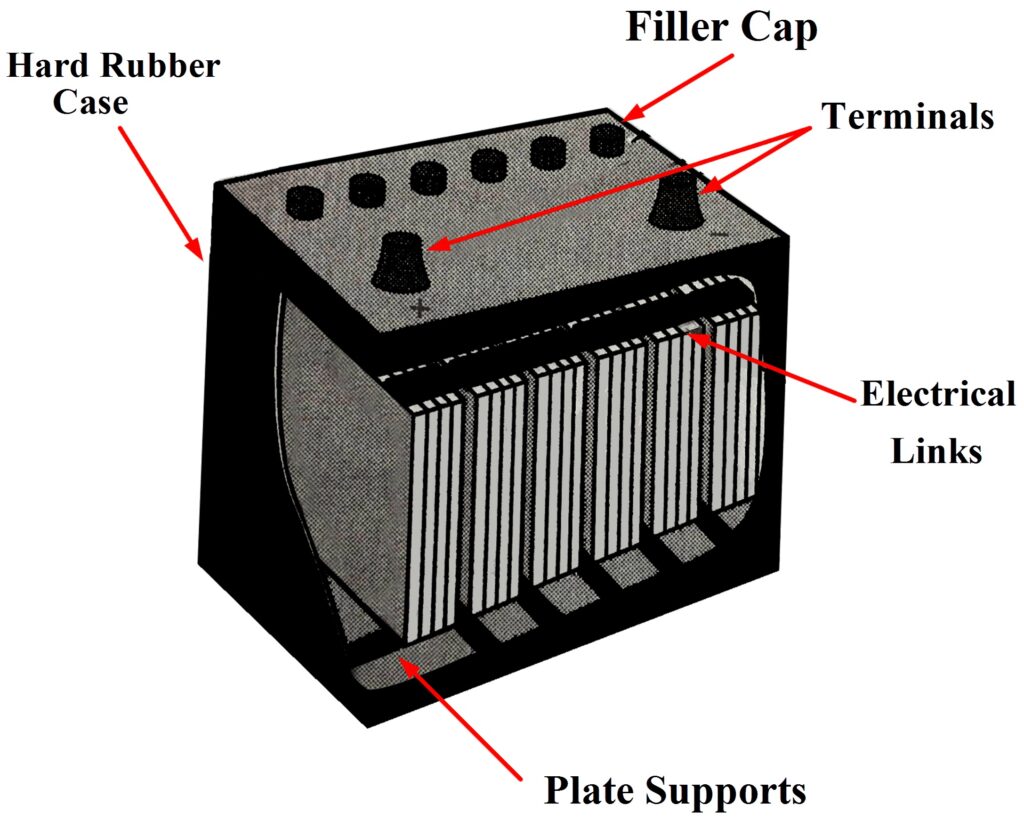Lead-acid batteries come in a wide range of capacities to meet various application requirements. Capacities are typically measured in ampere-hours (Ah) and can vary from small capacities for portable devices to large capacities for stationary power systems.
- Automotive Batteries:
- Common capacities for automotive batteries are in the range of 40Ah to 100Ah, with variations based on the vehicle type, size, and power requirements.
- Deep Cycle Batteries:
- Deep cycle batteries, used in applications such as RVs, boats, and renewable energy systems, often have capacities ranging from 50Ah to several hundred Ah. Common capacities include 100Ah, 200Ah, and 300Ah.
- Golf Cart Batteries:
- Golf cart batteries typically have capacities in the range of 150Ah to 250Ah, often as 6V or 8V batteries. They are used to power electric golf carts and similar vehicles.
- Stationary Batteries:
- Stationary lead-acid batteries, used in applications like backup power systems and telecommunications, can have capacities ranging from a few hundred Ah to several thousand Ah. These batteries are often designed as individual cells with capacities of 2V, and multiple cells are connected in series to achieve higher voltages.
- AGM and GEL Batteries:
- Absorbent Glass Mat (AGM) and Gelled Electrolyte (GEL) lead-acid batteries, commonly used in backup power systems and solar applications, come in various capacities. They can range from small capacities suitable for portable devices to larger capacities exceeding 100Ah.
- Uninterruptible Power Supply (UPS) Batteries:
- Batteries used in UPS systems for backup power often have capacities ranging from 7Ah for small home units to several hundred Ah for larger industrial systems.
- Portable Batteries:
- Small lead-acid batteries used in portable devices, emergency lights, and similar applications can have capacities as low as a few ampere-hours, ranging from 1Ah to 20Ah.
It’s important to note that the choice of battery capacity depends on the specific requirements of the application, including the power demand, discharge rate, and expected runtime. When selecting a lead-acid battery, it’s crucial to consider both the voltage and the capacity to ensure compatibility with the intended use. Additionally, the physical size and weight of the battery may also be important factors, especially in applications with space or weight constraints.


